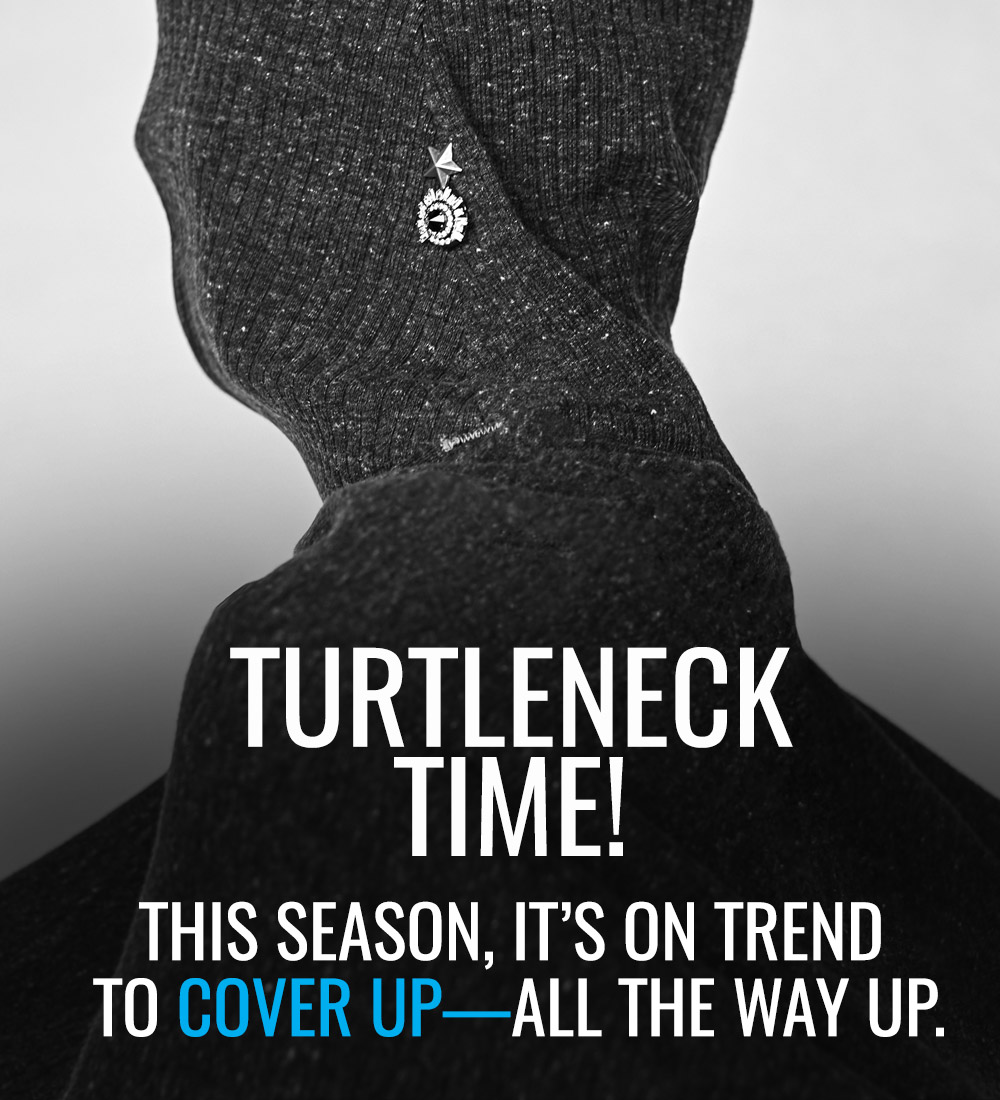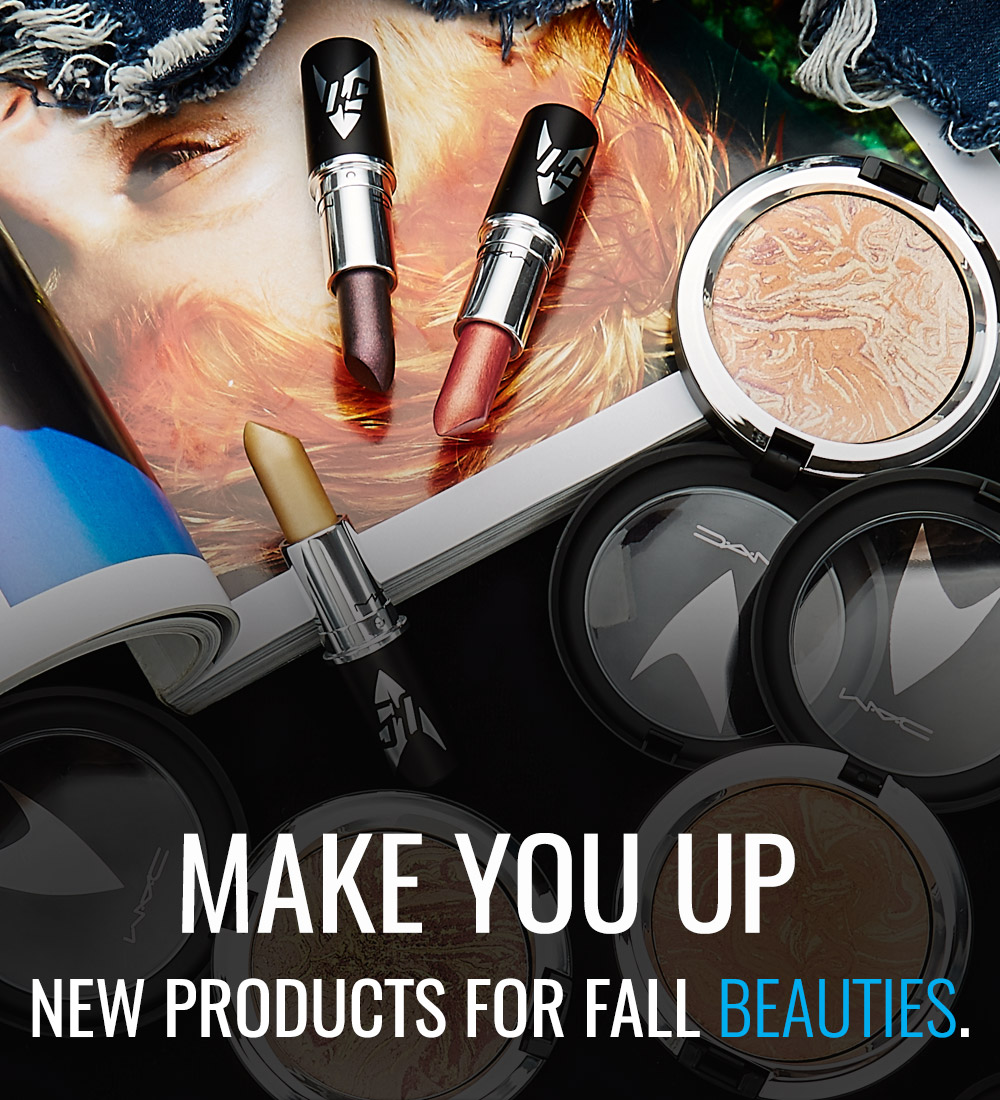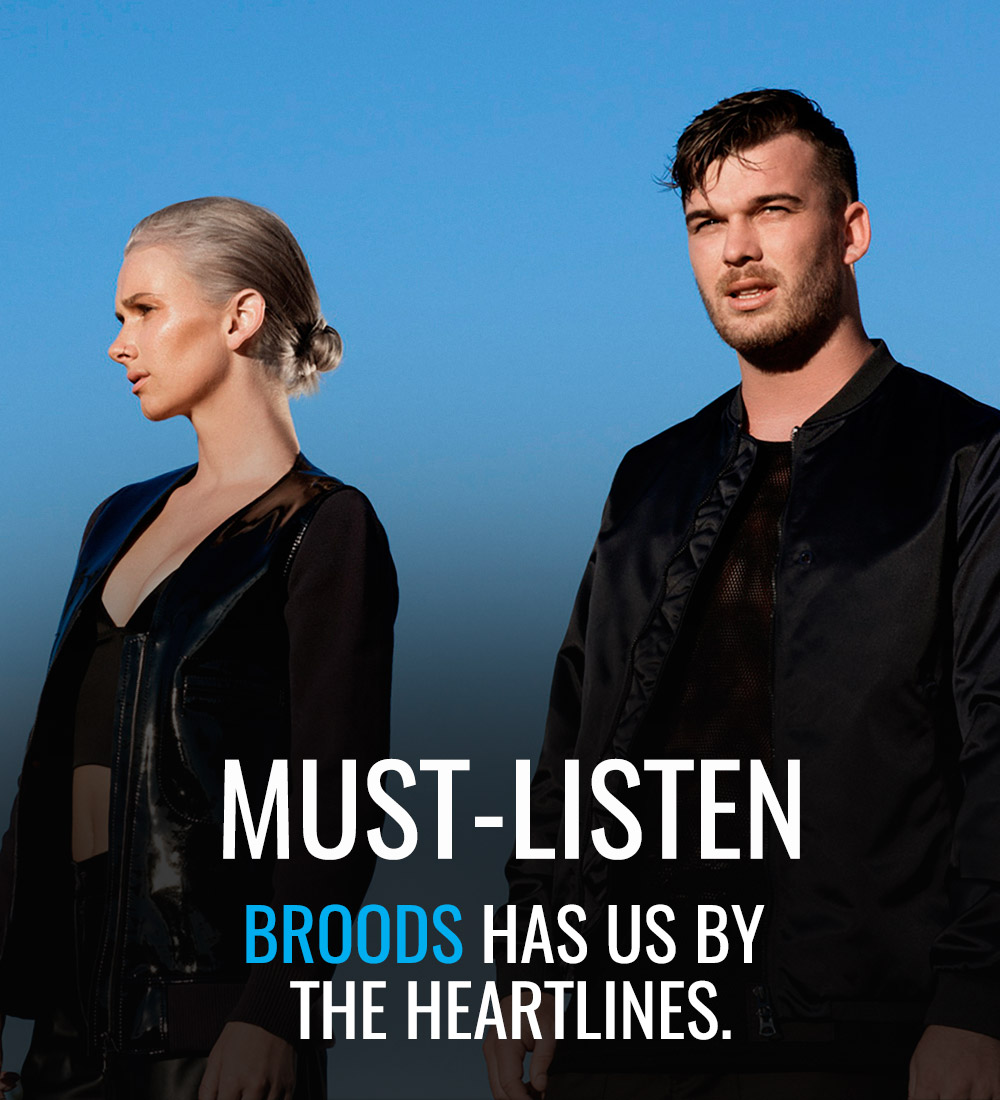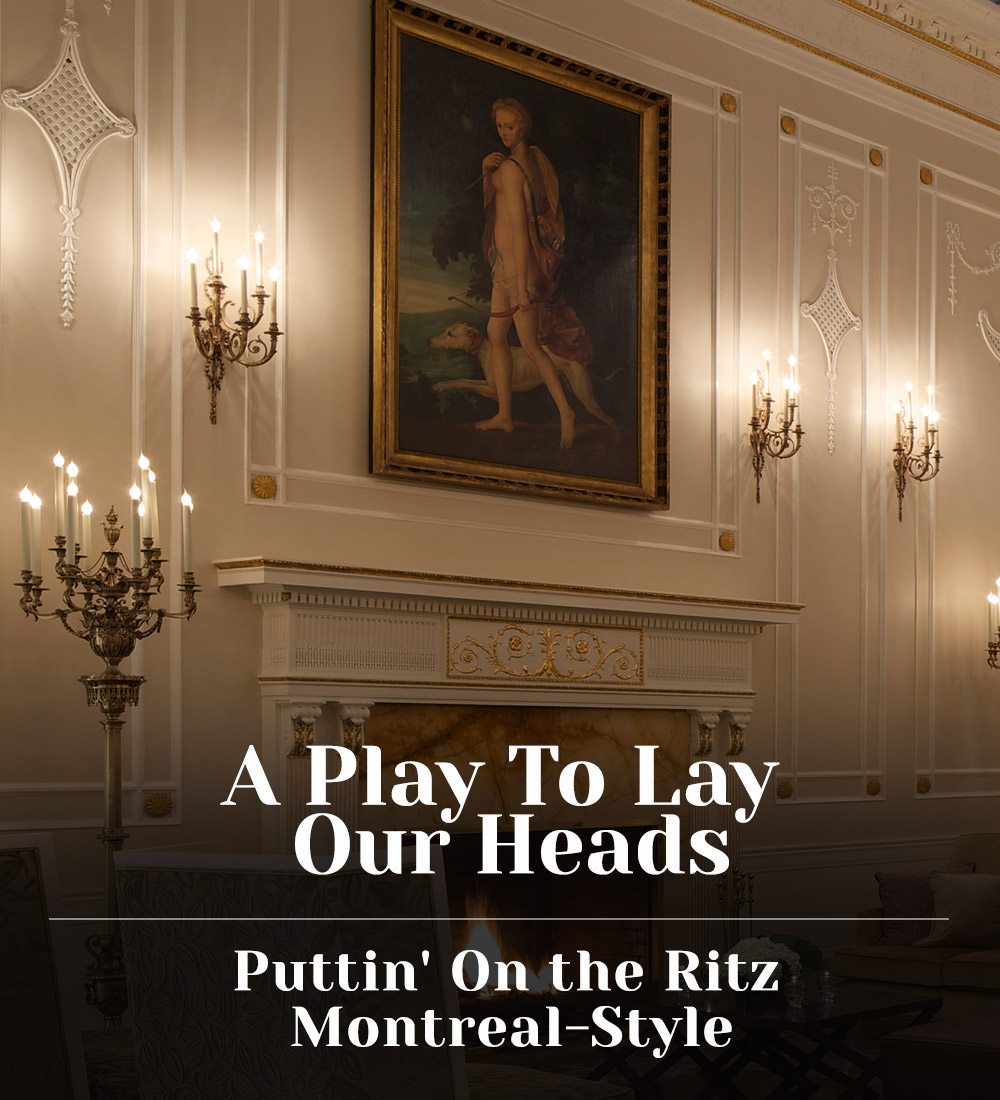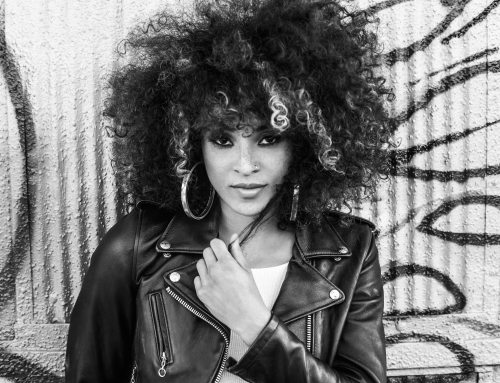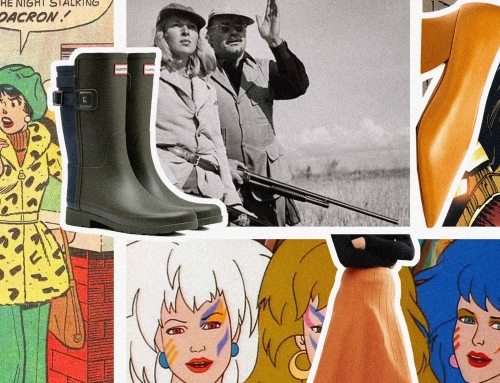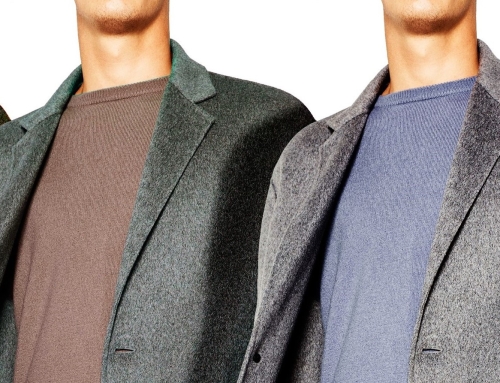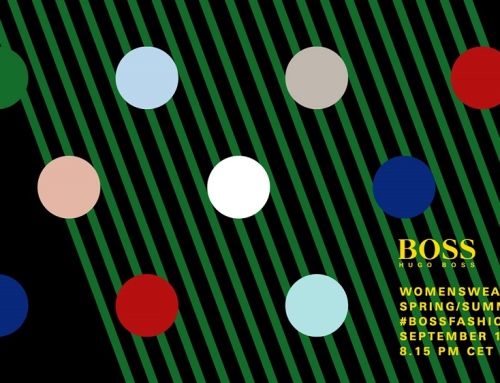Resistant to abiding by traditional parameters, Stuart Semple’s contemporary body of work ranges from paintings, prints and installations on to music and collaborations with fashion labels. Previous fashion collisions include the Cult of Denim (2008), an exhibition with Levis, Evisu, 7 for all mankind and Diesel; the Umbro Believe runner; and his most recent partnership, a limited edition cardigan (only a hundred made) for Aubin & Wills, now available in stores and online.
And what better brand than Aubin & Wills — a label dedicated to creating contemporary fashion inspired by historic design — to bring to life Semple’s memory of his late grandfather. Forming a symbiotic relationship between the artist’s sentimental design and the label’s classic British charm, the unassuming Huntfeild cardigan may not appear a work of art to some; but, as Semple shares, fashion was the ideal medium to capture the memory of his grandfather. More than a work of aesthetic and design, the beauty of the Huntfeild cardigan is anchored in the personal thought behind its warm design, from the blue button down to the details in the swing tag.
Below, Semple shares the thought process behind his collaboration with Aubin & Wills, and elaborates on the magnetic bond between art and fashion.
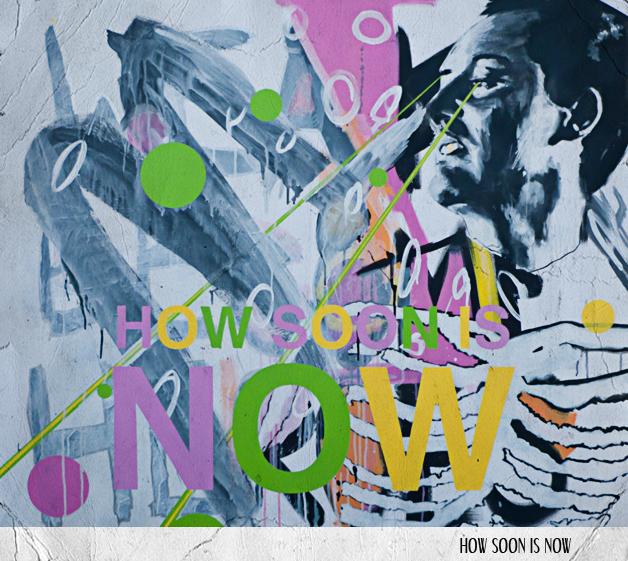

What inspired your collaboration with Aubin & Wills?
I’ve enjoyed a close relationship with Aubin almost since they started out, I was a real fan of what they were making, I genuinely loved their clothes. At the same time, I had a really close relationship to my grandfather, we used to create things together in his shed. Clocks and weather vanes, and chess sets. He really encouraged me to make and create things, and since he passed away, I’ve been looking for a way to commemorate him and his memory. He always wore cardigans, and they had all sorts of things in their pockets. I have a button from one of his cardigans on a string round my neck, and one day I showed it to the creative director of Aubin, and we started talking about making a very special cardigan together. The whole thing comes from my memory of my granddad. The elements in the fairisle pattern, the blue button, the deep pockets, and a drawing and some poetry in the swing tag, a photo of me as a kid with him and a packet of seeds to plant in the garden. It’s quite a personal thing.

What is it that attracts you to the fashion industry? Is the appeal different or similar to the art industry?
I don’t think it’s really to do with a particular industry, I’m more driven by the idea to make something. I think the natural place for my grandfather’s memory is in a cardigan, so fashion makes sense. I’m not really that taken with the art industry either, I love art of course, but I’m not trying to be in a particular business sector or something.
In collaborations like this, do you believe the line between artist and designer becomes blurred to form a unique amalgamation, where one’s creative vision is adjusted to better suit the genre?
I think so, yes. There’s a compromise, but also something quite liberating. The materials have their own parameters of what is and is not possible, just like I’d find with paint or drawing. What is quite exciting about garments is the potential they have to be really functional, purposeful in a different way, there’s a utilitarian aspect. It’s not just what something can look like or communicate, but it becomes about how it moves, what the pockets can actually do, how warm it feels. I always keep the viewer at the center of my work, but clothing really is totally about people.
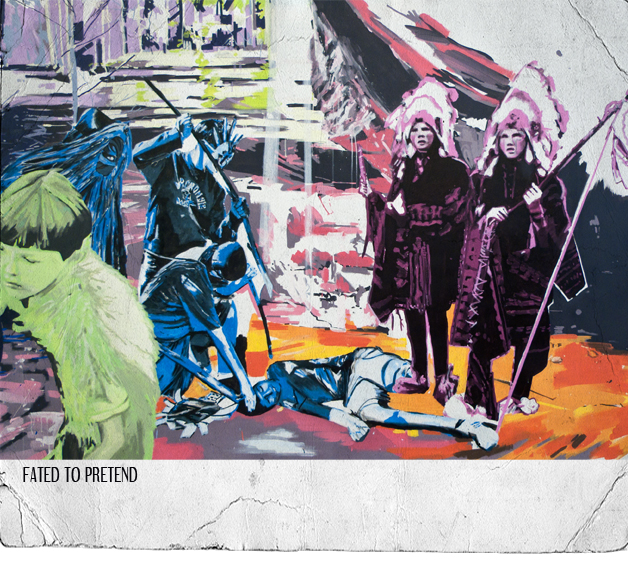
How was it working with Aubin & Wills on the limited edition cardigan?
Fantastic, I think we’ve got a lot in common creatively anyway, and both have an obsession with the details and quality of things, and just going at something until it can be as good as it can possibly be. There’s an eccentricity that runs throughout their work that instantly attracted me to what they did. I didn’t feel out of place discussing the idea of making a really bonkers British gardening cardigan with them. They don’t cut corners in what they do, and they aren’t scared to make limited special things. Most of all, it was a lot of fun and an amazing opportunity to make something like this.
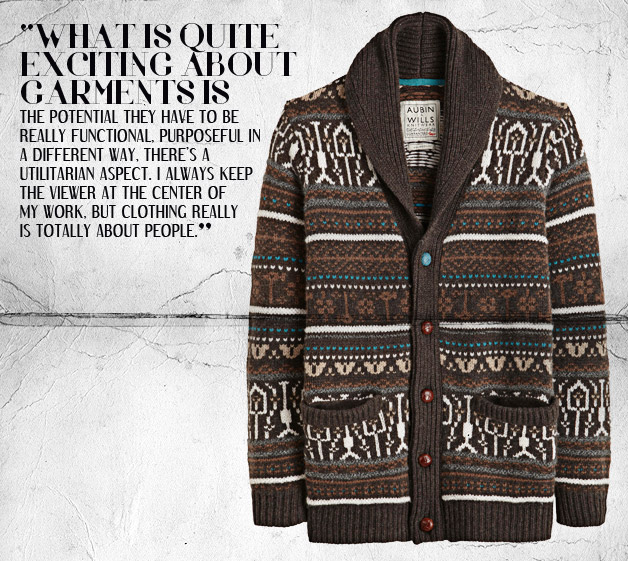
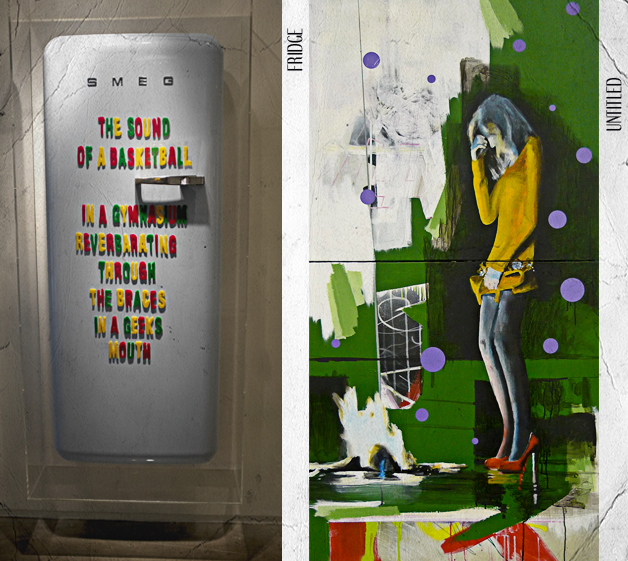
Was it you, or the label that had to compromise more during the design process, or was it fairly equal-sided collaboration?
I felt like I was given a very free reign with it. Aubin supported me to bring to life what I wanted to make. I didn’t go to fashion school, I can’t cut patterns or design something for manufacture, but I had a strong idea in my mind of what I wanted to do. They really helped me to realize that, but at the same time, they showed me things that I wasn’t aware of and inspired me. I think it was a pretty balanced exchange.
What are your views on fashion as a form of art? In other words, when does it become art, or do you not believe fashion ever crosses over into the realm of art?
I think there’s probably a number of answers. I think on one hand, you have clothing which covers a certain set of human needs: to cover up the rude bits, keep other bits cool or warm etc… after that, everything else really is embellishment of some kind. Art history tells us that in a warm climate a fig leaf will do the job, and fashion and marketing tells us that Calvin Klein pants do it better. Maybe both are right. You could say that the moment clothing stops being purely functional and starts to deal with other ideas or concepts it starts to become art, or at least the expression of a creative process. That’s the interesting bit, and obviously history is full of the most inspiring fashion designers who have dealt with some of the really big questions. I think society often makes the mistake of dismissing that point of view as something that is frivolous because it’s from fashion rather than an elevated tradition, like perhaps science or philosophy or something. I’m not sure I really know what art is or isn’t anyway, but I do think there’s a place where a lot of great ideas can’t possibly be true art, and that’s when its primary objective is to satisfy a market. The problem fashion has is its marriage to taste and beauty. It’s at its most interesting when it argues with that relationship, but it becomes vulnerable in other ways. Obviously those ideas fluctuate depending on trends and cultures anyway. For me, a lot of fashion is probably art, or at least very close to it. And, sadly when we talk about trends and taste, a lot of art is probably fashion.
As an artist, what is your opinion of fashion exhibits? Does fashion have a place in galleries?
I think it does defiantly have a place. Some of the best shows I’ve seen have been fashion exhibitions. I thought the Victor & Rolf show a few years ago at the Barbican was astonishing, easily as good as any art exhibit. I’m a regular fan of the V&A as well because I’m interested in culture overall, and I think fashion is a vital part of that story. I’d like to see more fashion in galleries, there are so many designers pushing really challenging ideas, making revolutionary work. Unless you are following the shows and the designers, I think as artists we don’t get the opportunity to see as much as I would like. I think we’re in a cross over time anyway, art, music, product, design, fashion, technology, they are so close now. These disciplines don’t have a solid line between them, there’s a blurry bit in the middle, I think that bit is the most thrilling. I think all these things should be playing together as much as possible.
Published on December 4, 2012




